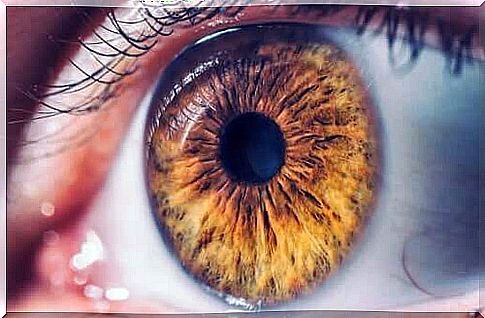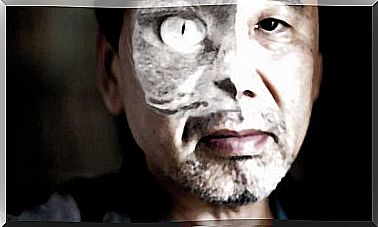Photographic Memory: Myth Or Reality?

Photographic memory, also called eidetic memory, is the ability to encode visual or written information, visually and with a high level of detail. Whoever owns it processes the image by scanning it with their eyes in detail and, hours later, can remember it as if it were still in front of them. It is estimated that only 1% of the population has this ability. However, the actual existence of this ability is not very clear.
There are those who argue that this ability is only possessed by certain children, but once they grow up, it disappears due to lack of training and stimulation, or because, in adults, there is a tendency to code in verbal and visual (non-photographic) modalities. Others say this is a myth, because testimonials always come from those people who claim to have the ability, not cognitive tests and objective assessments.

What does it consist of?
Photographic memory has this name because the material to be memorized is captured as if it were an image. That is, the person who has an eidetic memory remembers everything that appeared in the image or on the page of a book, as it was located.
This could also be applied to auditory stimuli. In that case, the melody or sounds would be encoded in memory as an image. The extraordinary thing about this type of memory is that the level of detail is incredible. For example, the person remembers punctuation marks on an entire page.
Although it has aroused the interest of scientists, it has not yet been possible to really determine its existence or clarify why it happens. In fact, it seems that few people have it, being more present in children, although it is lost over the years.
Still, the terms visual memory and eidetic memory should not be confused. The former is the ability to memorize through visual stimuli, and the latter places special emphasis on the level of detail a person is able to retain.
In this context, there are many doubts about its real existence. The little evidence that exists in this regard supports yet another combination of various skills.
Thus, the ability to accurately retain a material would be due to good visual memory, extraordinary ability, familiarity with the material, effort and even mnemonic strategies. In fact, most people who have this ability say they have spent their entire lives improving through practice.
Loci’s method
Those who possess this ability usually stand out publicly for some of their accomplishments: painting a map of Rome from the head from an aerial view seen on just one occasion, remembering all the days of life from childhood, or memorizing every page of more than 9,000 books. However, few reveal what they actually did to achieve this result.
Only a few of these exceptional minds have recounted their tricks, and many of them agree with Loci’s method, also known as the memory palace. This method is a useful spatial memory-based technique. According to psychologists specializing in memory, the strongest memories are associated with an image, a place and/or emotions. Therefore, the person is more likely to remember something if it is possible to remember where it happened, for example.
Loci’s method consists of imagining an itinerary that covers several familiar places and where concepts are found as objects placed in that environment. In other words, imagine each element as if it were a vase, painting, or plant.
So, when taking the journey to retrieve that memory, they would appear on their own. This method, used since the 5th century BC, has been studied at prestigious universities, which have found that it helps to improve memory considerably.

So, is it possible to train photographic memory?
Taking all that into account, yes. Photographic memory can be trained. You can use the Loci method or other strategies more suited to each person. However, what researchers have said so far is that, with good technique, learning and training, remarkable results can be achieved.
In short, constant practice and effort are key to many skills, and memory is one of them. However, there are people who, from a very young age, already have a higher performance of certain cognitive skills. But that doesn’t mean that they end up standing out or that if you don’t have a foundation, you can’t reach the same levels.









